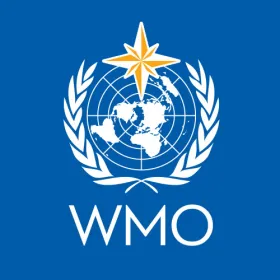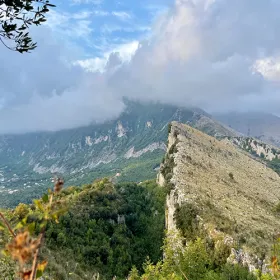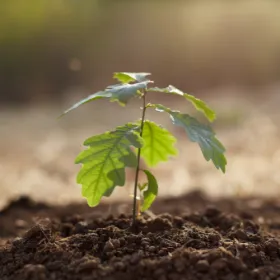
As part of the latest ICOS Ocean Monitoring Station Assembly, a QuinCe workshop took place in Paris in December 2022. The workshop gathered 35 participants to receive training on QuinCe quality control software and discuss the calculation of seawater partial pressure of CO2 value in the software…
Read more
The mounting pressures due to climate change and the demand for actionable data have increased the urgency for more accurate and comprehensive information about the Earth's climate. WMO, the World Meteorological Organisation, plans to set up an operational integrated global greenhouse gas…
Read more
The first WMO International Greenhouse Gas Monitoring Symposium will take place in Geneva from 30.1 to 1.2.2023. The symposium will gather high-level climate scientists from all over the world to collaborate on developing an upcoming greenhouse gas monitoring infrastructure. Backed up by a…
Read more
Wildfires raged on in Europe in the summer of 2022, contributing to carbon emissions and increasing the fear of shrinking carbon sinks. How exactly do climate scientists study wildfires? And what is it like to see the impacts of climate change up close? We interviewed Lucia Mona, Senior…
Read more
The 120 meter high eddy covariance tall tower Hardau, overlooking the city centre of Zurich, has now been operational for six months. The ICOS Cities research team has detected interesting CO2 flux patterns both seasonally and spatially.
Alongside carbon dioxide (CO…
Read more
The eruption of the Mauna Loa volcano on the island of Hawaii, USA, caused the data series collected by the Mauna Loa Observatory to be temporarily interrupted in November 2022. Despite the eruption, atmospheric CO2 monitoring globally continued. Below is a comparison of data from the Mauna…
Read more
A large proportion of CO2 emissions originate from urban areas. Thus, cities are increasingly searching for tools to reduce emissions in order to slow down the speed of climate change. A recent study, based partly on ICOS data, shows how planted street trees increase carbon…
Read more
Ethical guidelines are a way for organisations to guide their operations and define and commit to common values. For scientific communities, ethical operations carry an even more important meaning. The creation of the ICOS Ethical Guidelines was initiated by the ICOS Ethical Advisory Board.…
Read more
The Voulundgaard ICOS Ecosystem station in Denmark lies in a cropland located in the Eastern part of the Skjern River catchment. The station is situated in an intensely cultivated area, as is around 60-70% of Denmark. The station manager Rasmus Jensen is in charge of organising the fieldwork and…
Read more
The ICOS network of 14 European countries has grown with one new member. Greece is joining ICOS with five atmosphere and ecosystem stations spread across the country. To initiate the collaboration, ICOS invited the Greek Ambassador to the ICOS Head Office in Helsinki, Finland.
The…
Read more